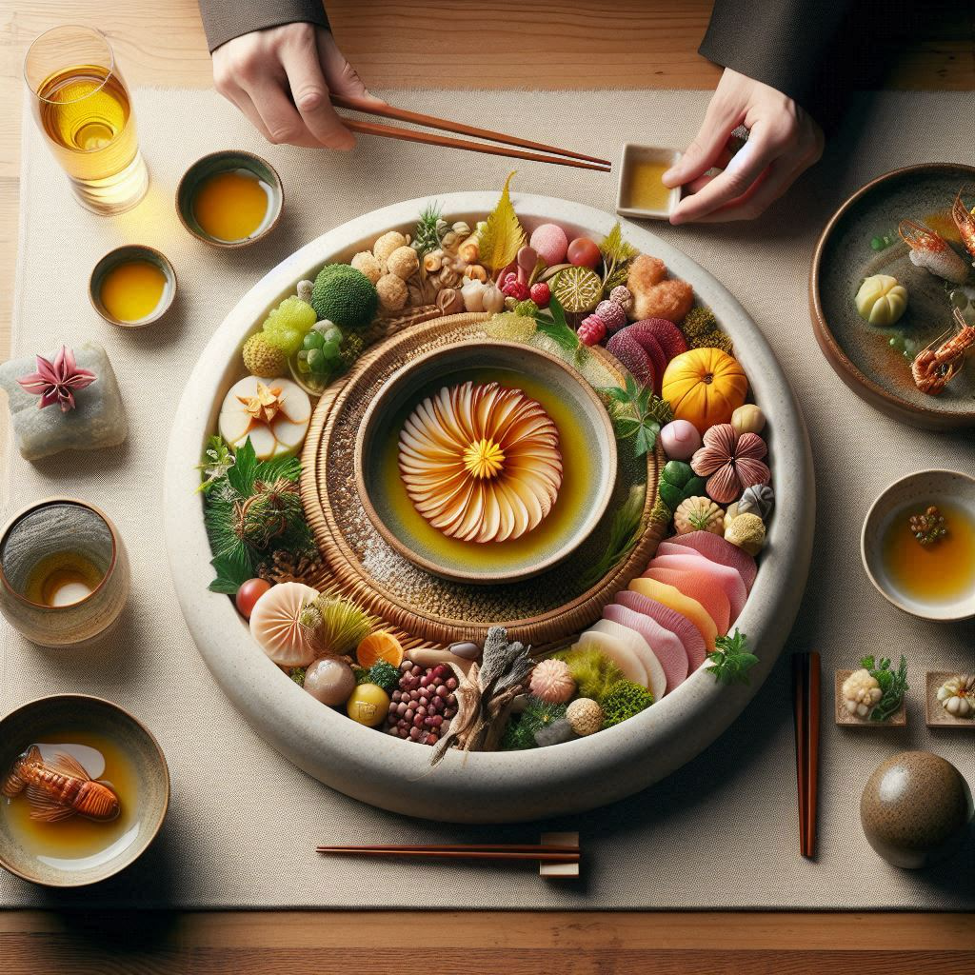Luxury dining is more than just elegant plating and Michelin stars—each dish is a narrative shaped by history, culture, and the hands of skilled artisans. For those who seek indulgent experiences beyond the surface, understanding the stories behind luxury cuisine adds an extra layer of richness to every bite. Whether it’s an age-old recipe passed down through generations or modern interpretations rooted in tradition, the finest meals invite diners on a cultural journey, where food becomes a window to heritage and craftsmanship.
Take Japan’s kaiseki dining, for instance. Rooted in Zen Buddhist tradition, kaiseki is a multi-course experience that reflects the changing seasons. Every ingredient is meticulously selected for its freshness and symbolism, and the presentation mirrors nature’s beauty—think delicate tempura leaves in autumn or bamboo shoots in spring. Diners at Kyoto’s renowned restaurant Kikunoi, helmed by Chef Yoshihiro Murata, experience not only exquisite flavors but a philosophy of harmony and mindfulness. Each course offers more than taste—it conveys a moment in time, reminding guests to savor fleeting beauty.

In contrast, Italy’s truffle hunting traditions bring an earthy, rustic elegance to luxury dining. The prized white truffle from Alba, often called the “diamond of the kitchen,” is revered for its intoxicating aroma. For centuries, truffle hunters, alongside their trained dogs, have scoured the forests of Piedmont to unearth these treasures. When freshly shaved over buttery pasta or risotto, the truffle transforms simplicity into luxury, linking modern indulgence with ancient foraging traditions.

Then, there’s the art of French pâtisserie, where technique meets heritage. The croquembouche, an elaborate tower of cream-filled choux pastries held together by caramel, is more than just dessert—it’s a nod to French culinary craftsmanship dating back to the 18th century. Chefs like Cédric Grolet, known for his sculptural fruit-inspired desserts, take these historic techniques and reinvent them for today’s refined palates. His work is a testament to the evolving nature of luxury cuisine, where tradition inspires innovation.

Another example lies in Mexico’s mole, a complex sauce with roots in indigenous culture. Mole poblano, with its blend of chiles, chocolate, and spices, tells a story of fusion—born from pre-Columbian traditions and influenced by Spanish colonization. At high-end establishments like Pujol in Mexico City, Chef Enrique Olvera reinterprets this ancient dish, aging the mole for years to create a deep, nuanced flavor. This fusion of the old and the new encapsulates the essence of modern luxury dining, where history and experimentation coexist.

Ultimately, the most memorable dining experiences come from those that connect us with a larger story—be it cultural heritage, artisanal craftsmanship, or the beauty of fleeting seasons. Luxury cuisine isn’t just about indulgence; it’s about appreciation—appreciation for the journey behind each ingredient, the labor of those who prepare it, and the cultures that inspire it. For those with an appetite for adventure and sophistication, the story behind the plate is just as important as the meal itself.




















































